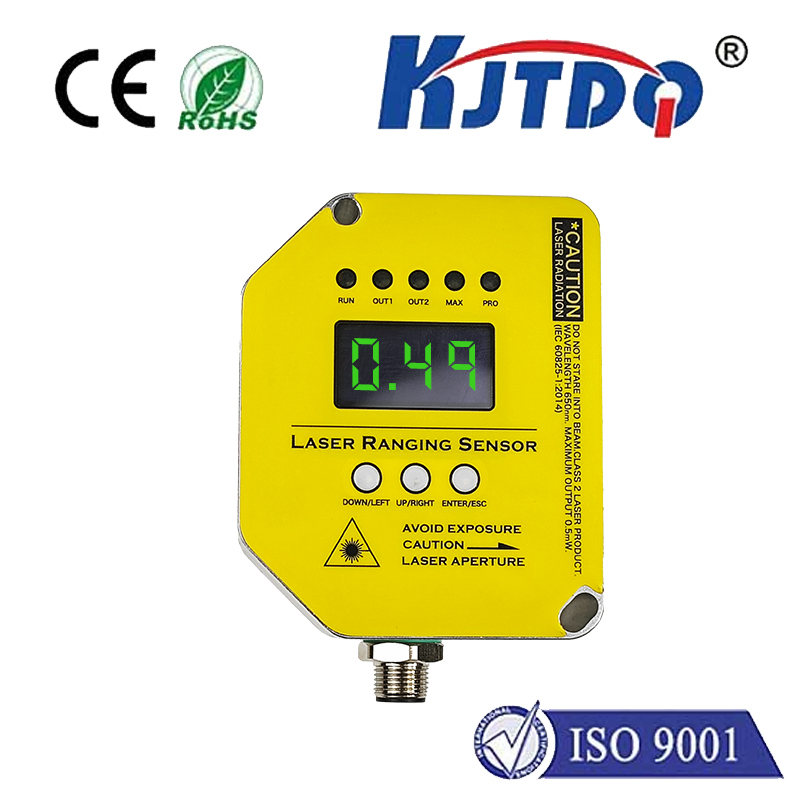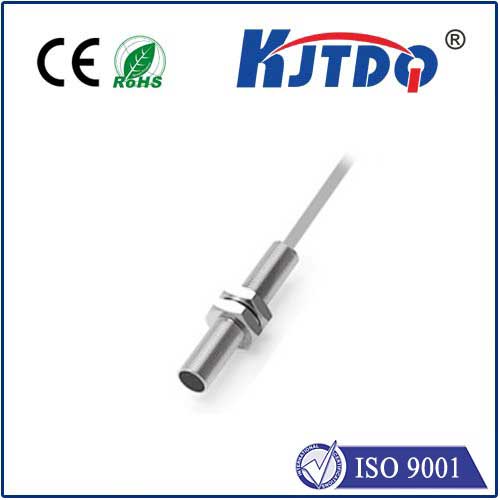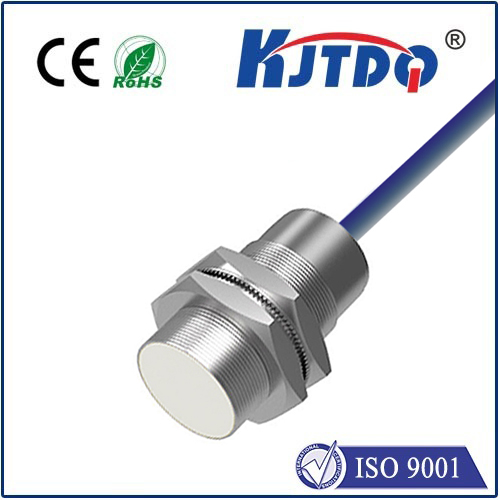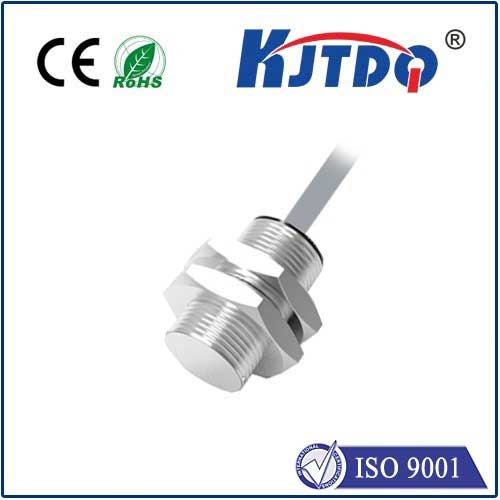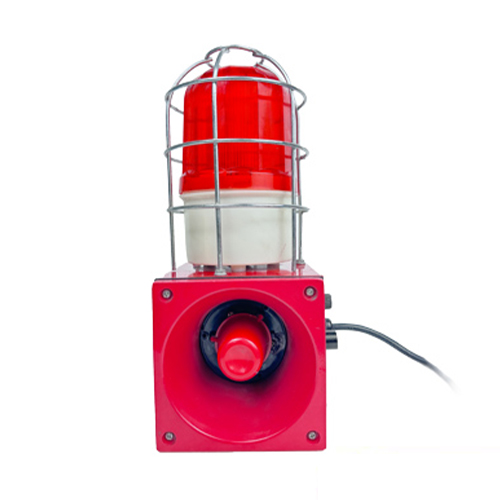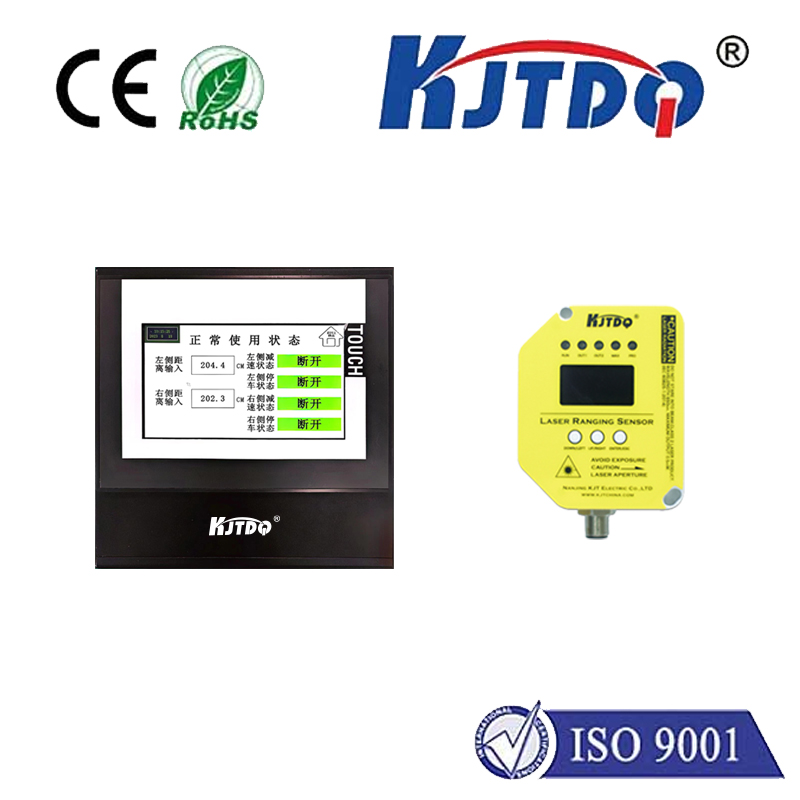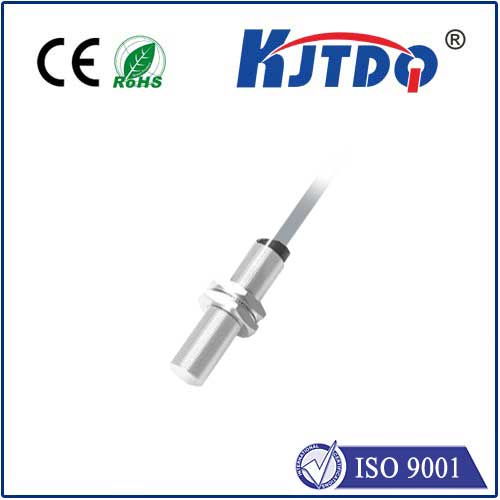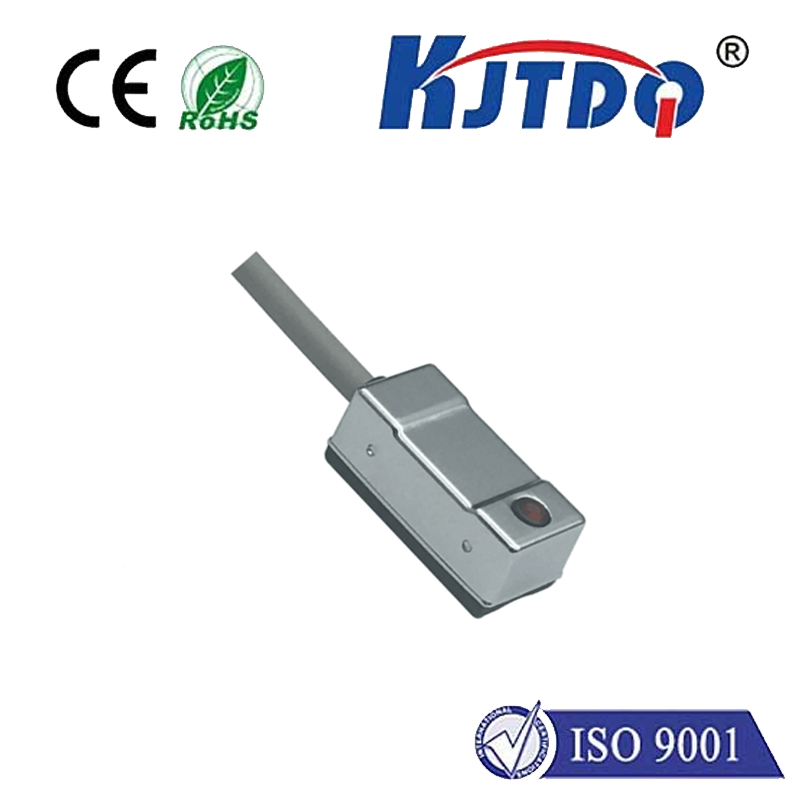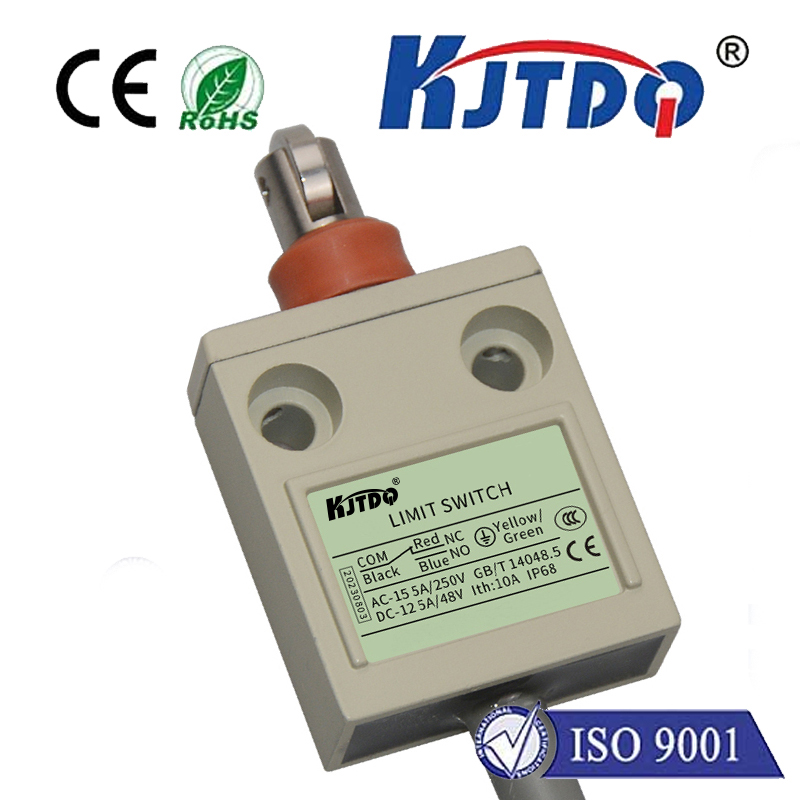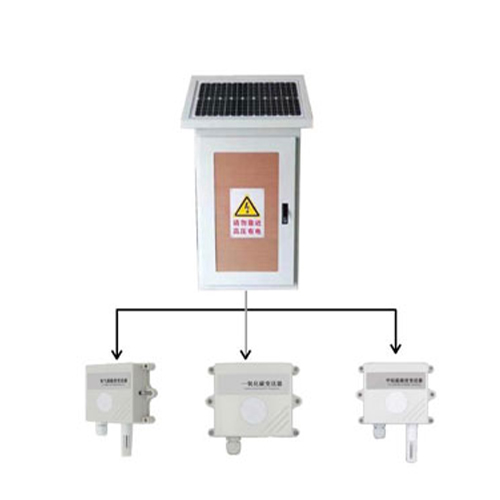

check

check

check

check

check

check

check

check

check

check
DPADT limit switch is a critical component in various industrial and electronic devices. It is a mechanical device that provides an indication of the state of its contacts, which can beopen or closed. In this article, we will discuss the definition, types, functions, installation, and maintenance of DPADT limit switches.
Definition:
A DPADT (Double Pressure Non-Contact Detector) limit switch is a type of mechanical switch that uses two pressure points to detect contact. It consists of a spring-loaded actuator, a reed switch, and a magnetic mechanism. The reed switch generates an electrical signal when the two pressure points come into contact, and the magnetic mechanism closes or opens the circuit based on the position of the actuator.
Types:
1. Double-pressure non-contact detector (DPND): This type of limit switch uses two pressure points to detect contact. It has high accuracy and can withstand high levels of pressure and friction.
2. Single-pressure non-contact detector (SPND): This type of limit switch uses only one pressure point to detect contact. It is less accurate than DPND but more affordable.
3. Proximity sensor: A proximity sensor does not use physical contact but measures the distance between the object and the sensor. It can be used as a substitute for DPND in some applications.
Functions:
1. Toggle: DPADT limit switches are commonly used as toggle switches in machines and equipment. When the actuator is pushed, it moves from one position to another, completing a circuit and switching off or on the machine's output.
2. Stop: DPADT limit switches can also be used as stop switches to control the movement of machinery or vehicles. When the actuator reaches its limit, it stops the machine from moving further.
3. Safety: DPADT limit switches are essential safety devices in industries such as mining, oil and gas, and manufacturing. They help prevent accidents by providing real-time feedback on the state of the machine or equipment.
Installation and Maintenance:
1. Installation: To install a DPADT limit switch, you need to follow these steps:
a. Mark the installation location on the machine or equipment where you want to install the limit switch.
b. Drill a hole in the mounting surface according to the size of the actuator stem.
c. Insert the actuator stem through the mounting hole and secure it using bolts or screws.
d. Connect the wires from the limit switch to the appropriate circuits in your machine or equipment.
2. Maintenance: To ensure proper operation and reliability, you should perform regular maintenance on your DPADT limit switch, including:
a. Check the actuator's movement regularly to ensure it is free from dirt, debris, or other obstructions.
b. Clean the sensing elements (reed switch) with a soft cloth to remove any build-up of dust or grease.
c. Check the wiring connections for signs of damage or wear and replace them if necessary.
d. Test the switch periodically to ensure it is functioning correctly and report any issues to a qualified technician immediately.
